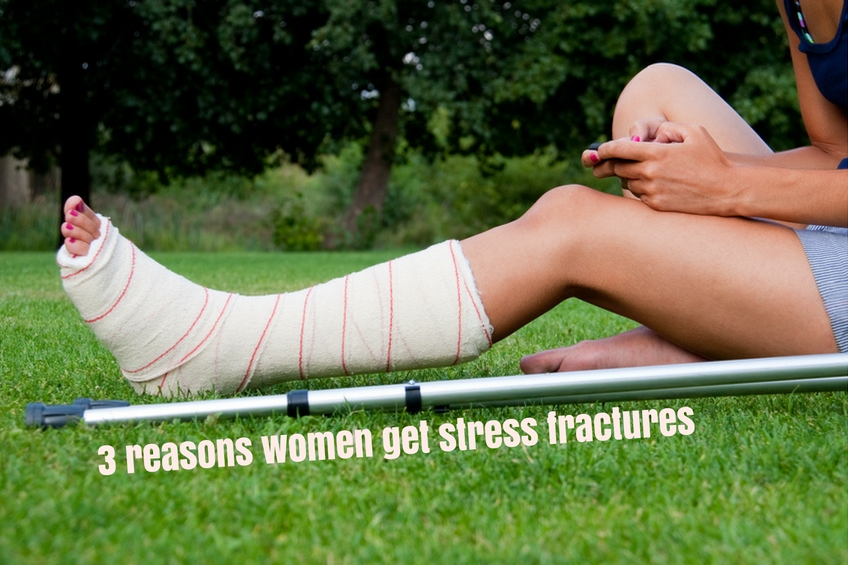Odds are, you’ve heard of stress fractures – they’re the tiny cracks in a bone often caused by overuse. But did you know women typically get them more than men?
According to Dr. Matthew Enzweiler, a podiatrist with St. Elizabeth Physicians, women get stress fractures more than their male counterparts for a few reasons.
First, men’s bones are naturally larger than women’s bones, so they’re less easy to break. Second, hormones play a role. Women are more vulnerable to stress fractures at certain times of the month due to the chemicals in their bodies. And, third, men tend to have a higher bone density than women, especially women who are postmenopausal.
“That’s when bone density really starts to decrease,” Enzweiler said.
So, how can you prevent stress fractures? There’s really only one way, Enzweiler said, and that’s not increasing the frequency or intensity of an activity too quickly.
If you’ve never walked a significant distance before, for instance, and then walk five or 10 miles, that could cause stress fractures in your legs.
In fact, stress fractures used to be called “march” fractures, Enzweiler said, because soldiers who went into the military would immediately have to go out on five- or 10-mile hikes and would end up with small cracks in the bones of their legs.
“They’d start getting breaks in their bones because it’s something they’d never done before,” he said.
In reality, Enzweiler said, most people don’t think very much about preventing stress fractures. The main thing to remember is that if you’re starting a training program, make sure you increase your distance and intensity slowly.
Stress fractures often will heal without significant or any interventions except for rest over a few weeks. However, if you suspect that you have a stress fracture, Enzweiler advises seeking the opinion of a doctor for interventions including offloading shoe or cast immobilization.
St. Elizabeth Sports Medicine Saturday Morning Injury Clinics are held at St. Elizabeth Sports Medicine’s Edgewood office every Saturday beginning mid-August and running through the first week in November. Click here for more information.

